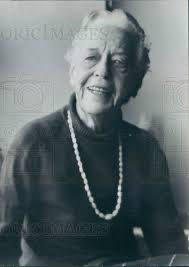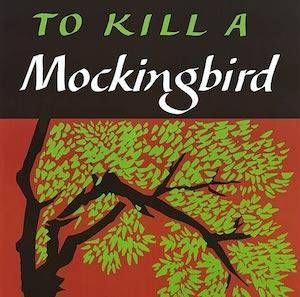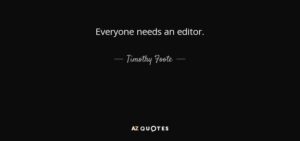TO ENJOY THE VIDEO IN TODAY’S POST, PLEASE CLICK THE LINK ABOVE IN YOUR EMAIL, OR click here.
A life story can never be written alone for the simple reason we don’t live alone, and because we don’t ~ we need the help of others to make sense of our experience.
Editors collaborate with us in the telling of the story of:
- who we are
- what we are
- why we are
Best we choose our editors wisely.
“One will weave the canvas; another will fell a tree by the light of his axe. Yet another will forge nails, and there will be others who observe the stars to learn how to navigate. And yet all will be as one.” ~ Antoine de Saint-Exupéry
Here’s a story of how one collaborator edited a masterpiece.
In the spring of 1957, a 31-year-old aspiring novelist known to her friends as Nellie delivered the manuscript for Go Set a Watchman to her agent to send out to publishers.
J. B. Lippincott Company eventually bought it.
At Lippincott, the novel fell into the hands of Tay Hohoff, a veteran editor in her late 50s.
Ms. Hohoff was impressed. She said, “Spark of the true writer flashed in every line.”
While all that was true she also took note that the manuscript was by no means fit for publication. It was, as she described, “more a series of anecdotes than a fully conceived novel.”
During the next couple of years, she led Nellie from one draft to the next until the book finally achieved its finished form and was re-titled:
To Kill a Mockingbird, by Harper Lee.
It would be a magnificent collaboration between two masters of their craft.
However, let’s be clear:Go Set a Watchman is an entirely different book.
In both shape and tone the book bore little resemblance to To Kill a Mockingbird.
- Scout is not an impressionable child in Maycomb, Ala., looking up to her heroic father, but a young woman from Maycomb living in New York.
- Her father, the great Atticus Finch, is a bigot.
The New York Times book critic, Michiko Kakutani, said through rigorous editing Watchman was transformed from a “distressing narrative filled with characters spouting hate speech” into a redemptive page-turner.
The story of how a talented young writer was gently guided in reconceiving her manuscript from a dark tale of a young woman’s disillusionment with her father’s racist views, to a redemptive one of moral courage and human decency is a story for the ages.
And because she did, the world has been made a better place.
***
Perhaps the jazz pianist Herbie Hancock sums up the editorial process best of all. (Five and a half minutes — well worth listening through!) Click here to enjoy the video.
Yes! Yes!
Those wrong turns we take CAN be made right. The poison we produce in our life CAN be turned into medicine if we’re careful enough to choose the right editor.
My Editor in Chief these past thirty years has been my been my wife, Marsha.
Her imprint can found on virtually all my endeavors.
- She’s the one whose transformed so many of my wrong chords into right sounds.
- She’s the one who has help me, when I’ve stumbled around in darkness, find the better angels of my nature.
My biography would be a much different book were it not for the way Marsha has influenced my story.
So who edits your story?
Just a thought…
Pat





